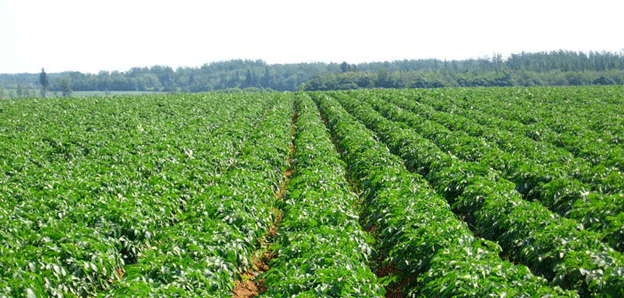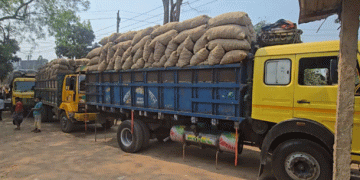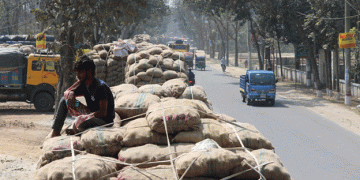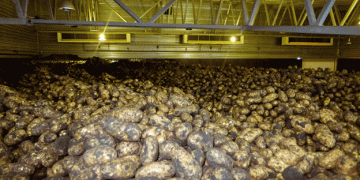European Potato Growers Face Risks of Overproduction Amid Market Shifts
In 2024, potato production in Belgium, Germany, France, and the Netherlands reached 24.7 million tonnes—a 6.9% increase from the previous year, according to the North-western European Potato Growers (NEPG). Encouraged by high market prices, many farmers are considering expanding their potato acreage for the next season. However, NEPG has issued a cautionary note: if planting begins early and the 2025 growing season experiences favorable weather, overproduction could flood the market, leading to price volatility and financial losses for farmers.
Rising Costs and Market Uncertainty
Despite the temptation to increase production, potato growers face rising input costs. While seed prices have decreased slightly compared to last spring, costs remain 10–15% higher than in 2023 for most varieties, except for Innovator potatoes. Additionally, production expenses, including fuel, fertilizers, and labor, continue to climb. Processors have also started implementing restrictive pricing measures to control quality and discourage excessive soil tare, making it more challenging for farmers to maximize returns.
Another significant concern is the growing competition in the global processed potato market. Increased exports of processed potato products from China and India, potentially driven by US tariffs, could impact demand for European potatoes. Additionally, Egypt’s rising role as a potato producer and exporter adds another layer of competition. These shifts make it imperative for European growers to align production levels with processing demand rather than speculating on further price increases.
Regulatory Pressures and Environmental Challenges
Beyond market forces, European potato farmers must navigate increasingly stringent environmental regulations. NEPG highlights nitrogen-related legislation as a key issue, with stricter rules on nitrogen use in groundwater making potato cultivation more complex and financially risky. Compliance with these regulations may require changes in fertilization practices and could limit overall production capacity in certain regions.
The Need for Strategic Planning
With the likelihood of increased potato acreage in 2025 and uncertainty in global markets, NEPG urges growers to take a cautious approach. The group emphasizes that expanding production without securing demand could lead to oversupply, price drops, and financial instability. Instead, producers should closely monitor processing contracts and market trends to ensure their production aligns with demand.
The European potato industry stands at a crossroads in 2025. While high prices and strong demand have driven recent growth, the risk of overproduction looms large. Farmers must balance expansion plans with market realities, factoring in rising costs, regulatory constraints, and shifting global trade dynamics. A strategic, demand-driven approach will be essential to maintaining profitability and long-term stability in the sector.





